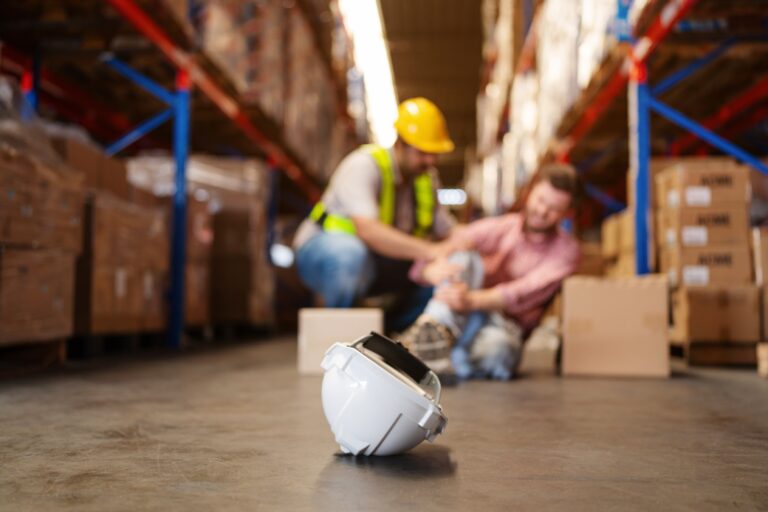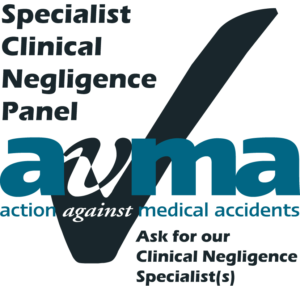
Accidents involving children on farms: Understanding the risks and promoting safety
Farms can be vibrant places filled with activity and learning opportunities, but they also present numerous hazards, particularly for children. Ensuring their safety requires a proactive approach that combines education, supervision, and environmental management.
The Health and Safety Executive (HSE) reports children are at a higher risk due to their natural curiosity and lack of understanding of potential dangers. It’s vital for farm owners and operators to recognise these risks and take action to mitigate them.
Common types of accidents
The ways in which children are injured or killed on farms varies little from year to year and usually arises due to a lack of adult supervision. Some of the most common causes of death and major injury in the last decade were:
Machinery and equipment: Tractors, combines, and other machinery are often at the centre of farm operations. Children can be injured by moving parts, falls, or even being run over if they are not supervised while equipment is in use.
Livestock: While many children grow up loving animals, livestock can pose dangers. Large animals can unintentionally injure children through kicks or bites, and aggressive behaviour can lead to serious accidents.
Toxic substances: Farms often store chemicals like pesticides and fertilizers, which can be hazardous if children come into contact with them. Ingestion or inhalation can lead to severe health issues.
Falls: Heights are a common risk on farms, whether from barns, silos, or even hay bales. Falls can result in serious injuries, and children often lack the judgment to assess these risks.
Water hazards: Ponds, irrigation ditches and other bodies of water are often present on farms. Drowning is a significant risk, particularly for younger children who may wander near these areas.
The law and regulations
Vehicles and machinery pose the greatest risk to children on farms. The law says no child under 13 may drive or ride on tractors and other self-propelled machines used in agriculture.
There are also a number of regulations related to workplace safety that, whilst not specifically targeted at the farming industry, do apply. It is important farm owners, employees and contractors are familiar with these and prepare and/or are aware of the risk assessments and method statements in place.
Although parents are responsible for preventing their children straying or trespassing into areas where they may be at risk, all adults working on the farm must take responsibility for child safety. Ultimately it is a farm owners’ duty to control and manage any hazards and risks identified.
Preventing accidents from occurring
Identifying what might put children at risk is an important first step. Having a fresh pair of eyes, such as a safety representative, employee or friend, to assist the farmer can be very helpful as we all become blind to the risks we see every day.
More and more farms are diversifying and opening to visitors. Organised tours such as school visits should have their own health and safety arrangements. Farmers should also make them aware of their farm health and safety rules and any no-go areas. Co-operation between visitors and the host farmer can ensure a successful visit.
Key strategies for prevention are:
- Assessing the risks: Conducting regular risk assessments helps identify potential risks. Regularly review farm operations to pinpoint hazards and take corrective action. Encourage feedback from workers and visitors to improve safety measures.
- Educating both adults and children about farm safety: All adults working on or visiting the farm should undergo safety training that includes recognising hazards and implementing safety measures. Children should be taught about the dangers of the farm environment. Simple lessons on staying away from machinery and livestock can significantly reduce risks.
- Supervision: Children should be supervised at all times. Designate specific safe play areas away from hazards where children can engage in safe activities. Provide clear guidelines for visitors with children, ensuring they understand safety rules before exploring the farm.
- Creating a safe environment: A well organised and secure environment can significantly reduce accidents. Install fencing to keep children away from potentially dangerous areas, such as machinery zones and livestock pens. Store tools, chemicals, and other unsafe materials in locked cabinets out of reach.
- Engaging children in safe activities: Involving children in farm life can promote responsibility while ensuring safety. Health and safety regulation does not prevent learning through experience as long it is undertaken in a planned way with direct supervision. There is nothing wrong with your child watching what you do as long as it is not inherently dangerous, they are supervised by someone else and are kept in a safe place.
Conclusion
Preventing accidents involving children on UK farms requires a comprehensive approach that emphasises education, supervision, and environmental safety. By creating a culture of safety and awareness, farms can ensure a secure environment where children can learn and explore while minimising risks.
Through proactive measures, we can protect our youngest farm enthusiasts and help them develop a lifelong appreciation for agriculture.










